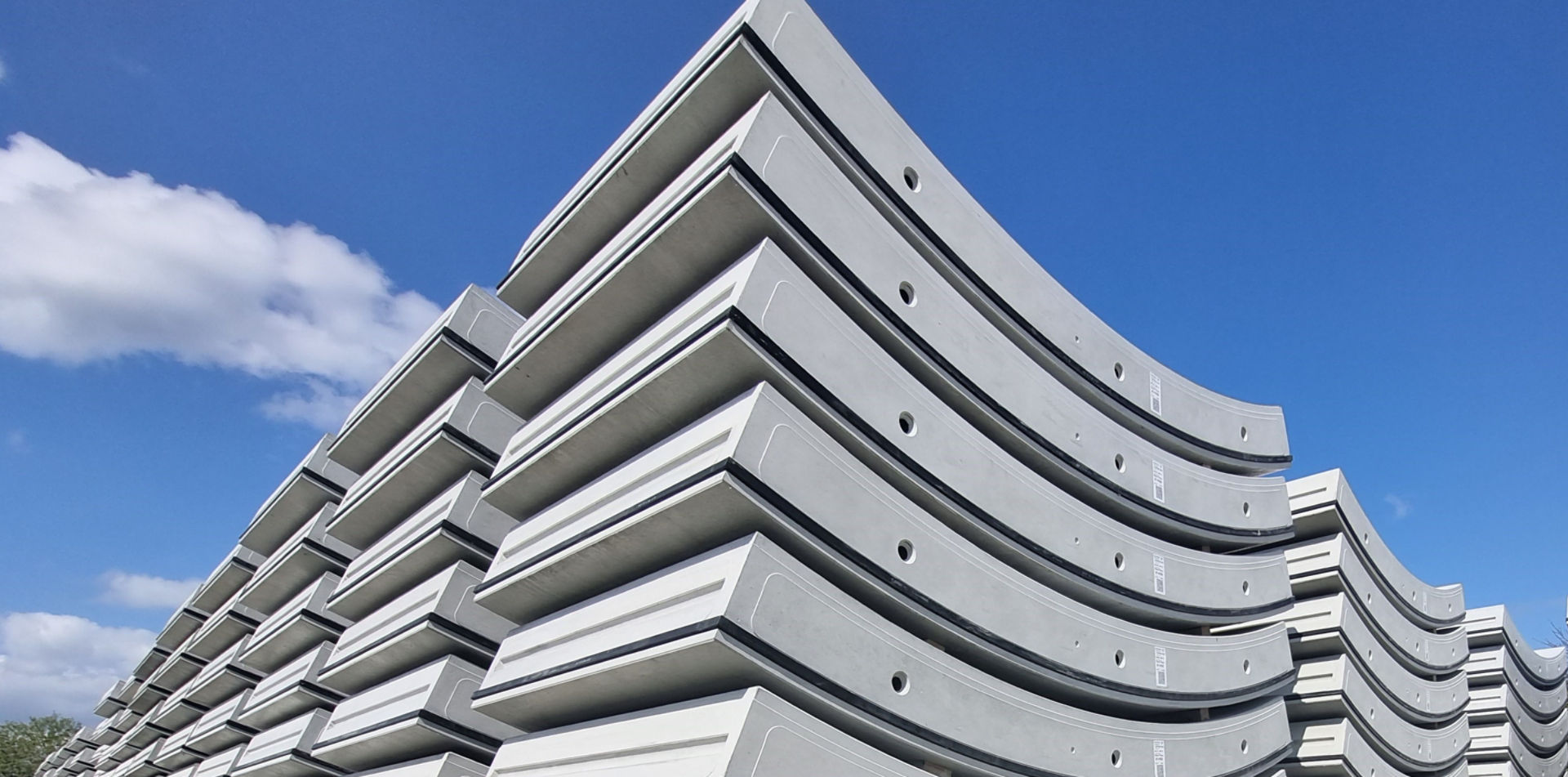
Download
Please provide the following details :
This field is required
This field is required
Please enter valid email (e.g. johnsmith@domain.com)

Please provide the following details :
This field is required
This field is required
Please enter valid email (e.g. johnsmith@domain.com)
In the world of tunneling projects across North America, a groundbreaking change has been occurring. It's not just about digging deeper; it's about building better. Cost savings, shorter production times, improved handling, crack control, and long-term durability, all while prioritizing sustainability and reducing carbon footprints, are now at the forefront. At the heart of this transformation is the use of fiber as the predominant reinforcement for precast concrete segments. And there's an exciting guideline that's been making waves since 2016: ACI 544.7R. Join us as we delve into how this innovation is reshaping the tunneling landscape and presenting real-life project examples that showcase its remarkable impact.
Picture this: A tunneling project that not only meets but exceeds expectations in terms of performance and sustainability. Fiber-reinforced concrete (FRC) is at the helm of this remarkable change. This material offers a plethora of benefits that have revolutionized tunnel construction in North America.
1. Cost Savings: Tunneling projects are notorious for their high costs. However, with FRC, significant savings are achieved. How? Well, FRC's enhanced durability reduces the need for frequent maintenance and repairs, translating to substantial cost reductions in the long run.
2. Shorter Production Times: Time is money, and tunneling projects are no exception. FRC not only streamlines construction but also enables faster curing, allowing for quicker project completion. This time efficiency translates into lower labor costs and, consequently, more budget savings.
3. Improved Handling: Handling heavy concrete segments in tunnel construction can be challenging. FRC's lightweight properties make transportation and installation easier and safer for construction crews.
4. Crack Control: The dreaded issue of cracks in tunnel linings is effectively mitigated with FRC. Its inherent crack resistance ensures a longer lifespan for tunnel segments, reducing the need for costly repairs and maintenance.
5. Long-Term Durability: Tunnel infrastructure must stand the test of time. FRC's durability ensures that tunnel segments remain robust and reliable for decades, reducing the need for costly replacements.
The world is waking up to the importance of sustainability and reducing carbon footprints. Tunneling projects are no exception. Enter FRC, which has emerged as a champion in the fight against environmental degradation. ACI committee 544 introduced a game-changing guideline in 2016, ACI 544.7R, focusing on the design and construction of precast fiber-reinforced concrete tunnel segments.
1. Environmental Impact: FRC enables a significant reduction in the carbon footprint of tunneling projects. By using fiber reinforcement and optimizing concrete mix designs, projects have achieved a nearly 50% reduction in carbon emissions. This is a monumental step toward greener infrastructure.
2. Sustainability: Tunnel projects are now aligned with sustainable practices, meeting the demands of environmentally conscious stakeholders and communities. FRC not only reduces emissions but also contributes to the longevity of tunnel structures, furthering their sustainability.
ACI 544.7R's development has paved the way for success stories across North America. Let's explore some project examples that have embraced FRC with open arms:
1. Transit Tunnels: In transit projects of various sizes, FRC has demonstrated its worth. From urban metro systems to intercity transportation tunnels, FRC's cost-saving, durability, and sustainability advantages have shone through.
2. Water and Wastewater Tunnels: Even in challenging geological conditions, FRC has proven its mettle in water and wastewater tunnel projects. Its crack resistance and long-term durability are a perfect match for these critical infrastructure projects.
The rise of fiber-reinforced concrete as the primary reinforcement for precast tunnel segments has ushered in a new era of tunnel construction in North America. With ACI 544.7R leading the way, tunneling projects now offer cost savings, shorter production times, improved handling, crack control, long-term durability, and sustainability. Moreover, the reduction in carbon footprints is a testament to the industry's commitment to a greener future.
As FRC continues to gain ground in mechanized tunneling, its benefits are felt by project owners, designers, and contractors alike. It's not just about digging tunnels anymore; it's about building a sustainable and resilient underground infrastructure that will serve generations to come.